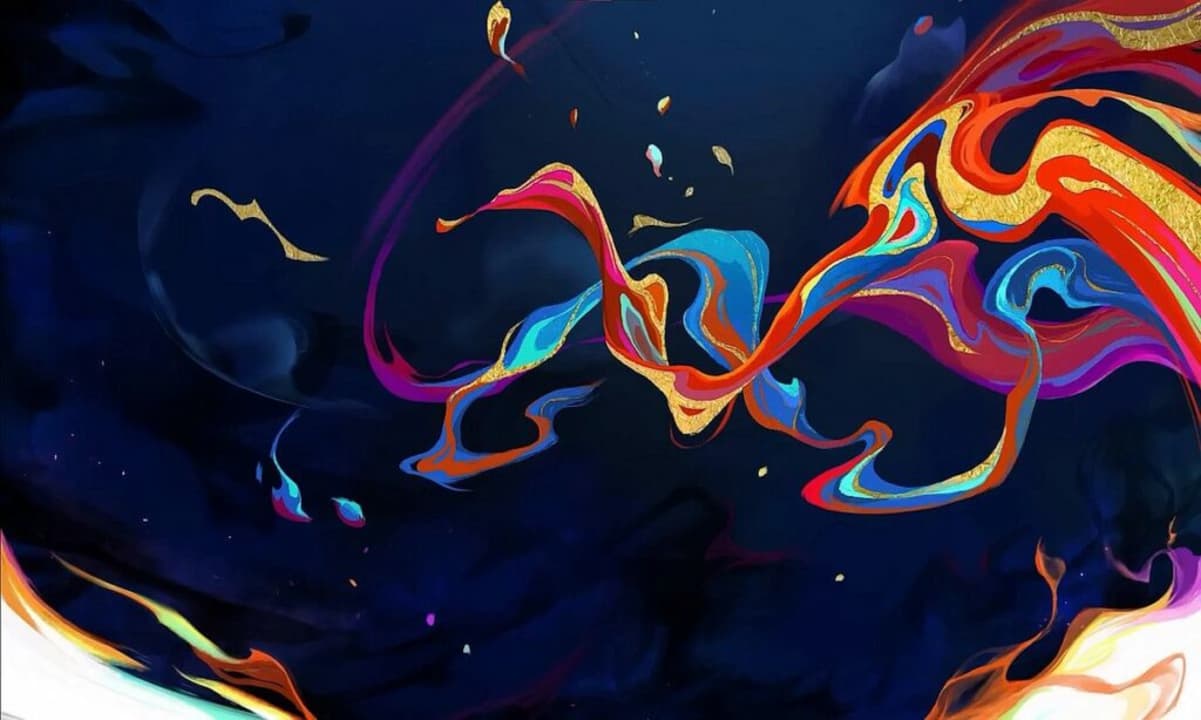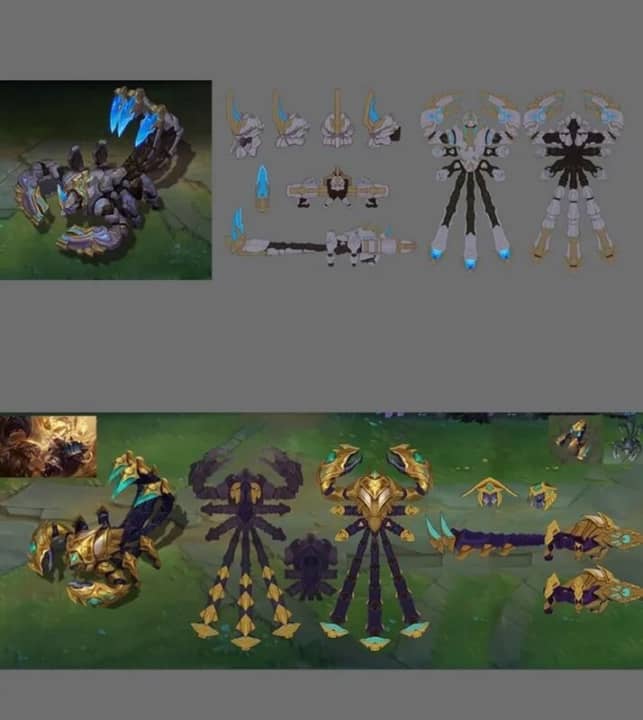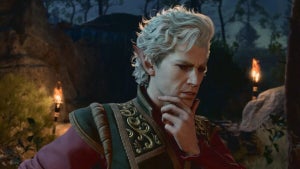Meet LoL Hwei, the next champion of League of Legends. The popular game is known for its constant evolution, and 2023 has been no exception, with a string of exciting new champion releases. The upcoming addition to this roster is Hwei, an artistically inclined character who could very well be the final champion release of the year. Here is the official announcement.
Let’s delve into what we know about Hwei so far.
LoL Hwei: League of Legends’ new champion explained
Hwei is a mysterious and artistically inclined champion set to join the ever-expanding roster of League of Legends. While his character is still largely enigmatic, we do have some tantalizing details to provide a glimpse into what players can expect from him.
- Role and position: Hwei is positioned as a mid lane mage, meaning he’s likely to focus on harnessing magical abilities and casting spells to dominate the center lane of the map. Mid lane mages typically excel in dealing damage from a distance and are known for their strategic positioning and control over objectives.

- Release date uncertainty: One of the most pressing questions surrounding Hwei is his release date. Unfortunately, there isn’t a confirmed release date as of now. While it’s expected that he’ll be introduced before 2024, the world of game development can be unpredictable. Past champions have faced delays due to various factors, and sometimes these delays were beyond Riot’s control. Therefore, players will need to remain patient and vigilant for any official announcements regarding Hwei’s release.
- High-complexity champion: Hwei is not your typical straightforward champion. According to Riot’s development blog, the most recent champion releases like Briar, Milio, and Naafiri have been relatively uncomplicated in their mechanics. Riot has aimed to strike a balance between champions with complex, multifaceted abilities and those with more straightforward kits. This approach is in contrast to what the community affectionately calls “200 years” champions, which had a reputation for being overly powerful and multifunctional. Samira, a champion aptly described by popular caster CaptainFlowers as having “enough tools in her kit to fix a car,” is an example of such champions. Hwei, however, seems to break this mold. He is poised to return to the roots of more ambitious champion kit designs. Described as a “high-complexity champion,” it’s safe to assume that mastering Hwei will be no small feat. Players who enjoy a challenge are likely to find his gameplay both engaging and rewarding.

- Rule of threes: The art of Hwei is a central theme, and it’s believed that his kit design follows a “rule of threes.” While the specifics are still a mystery, this design philosophy is well-established in League of Legends. It could manifest in various ways, such as a three-stage passive ability or a mechanic involving three different stances. One thing is clear: Hwei’s kit won’t be about a single massive burst ability. Instead, players may have to master multiple aspects of his kit to achieve maximum effectiveness, adding depth and strategy to his gameplay.
Hwei remains an enigma for now, but the League of Legends community eagerly awaits further information. As Riot Games has a history of creating unique and engaging champions, the anticipation for Hwei’s arrival is building to a fever pitch. Stay tuned for more updates on this artist of chaos as we uncover more about his role, abilities, and unique gameplay mechanics. League of Legends is on the brink of another exciting chapter, and Hwei is set to be a vital part of it.


